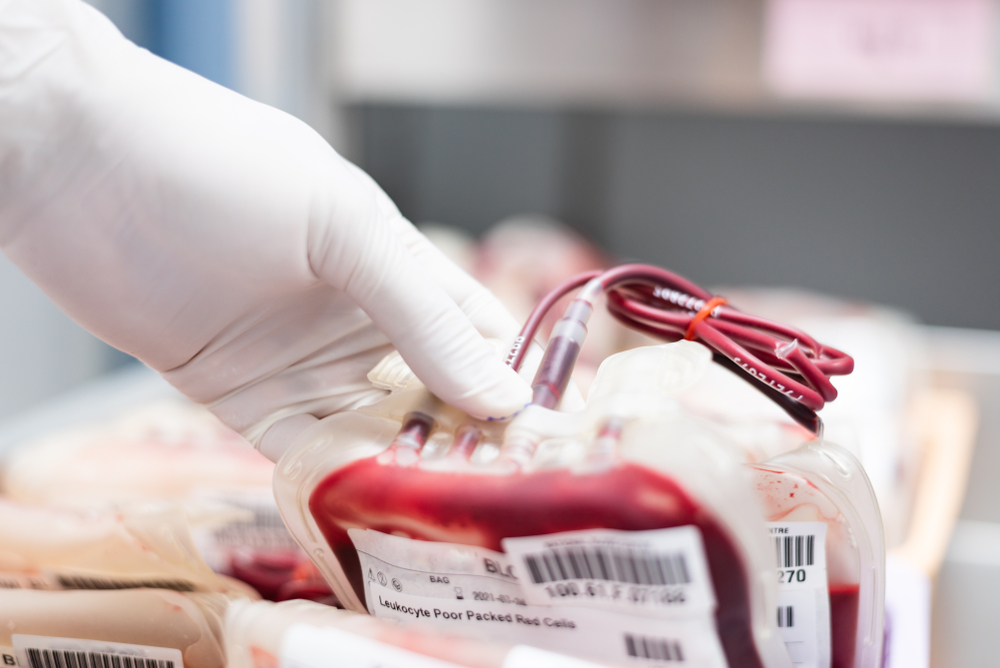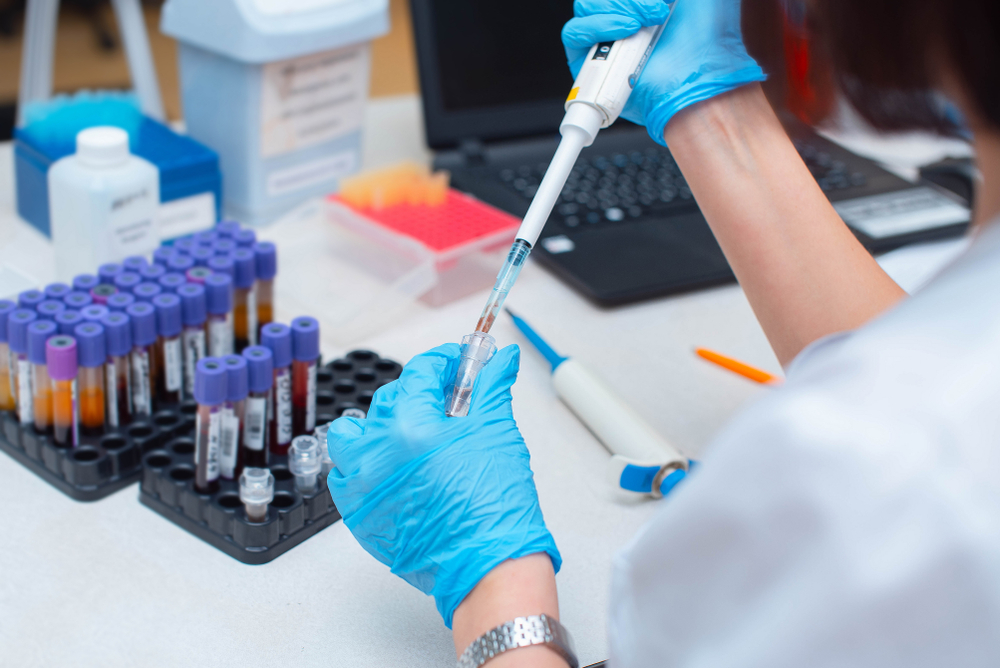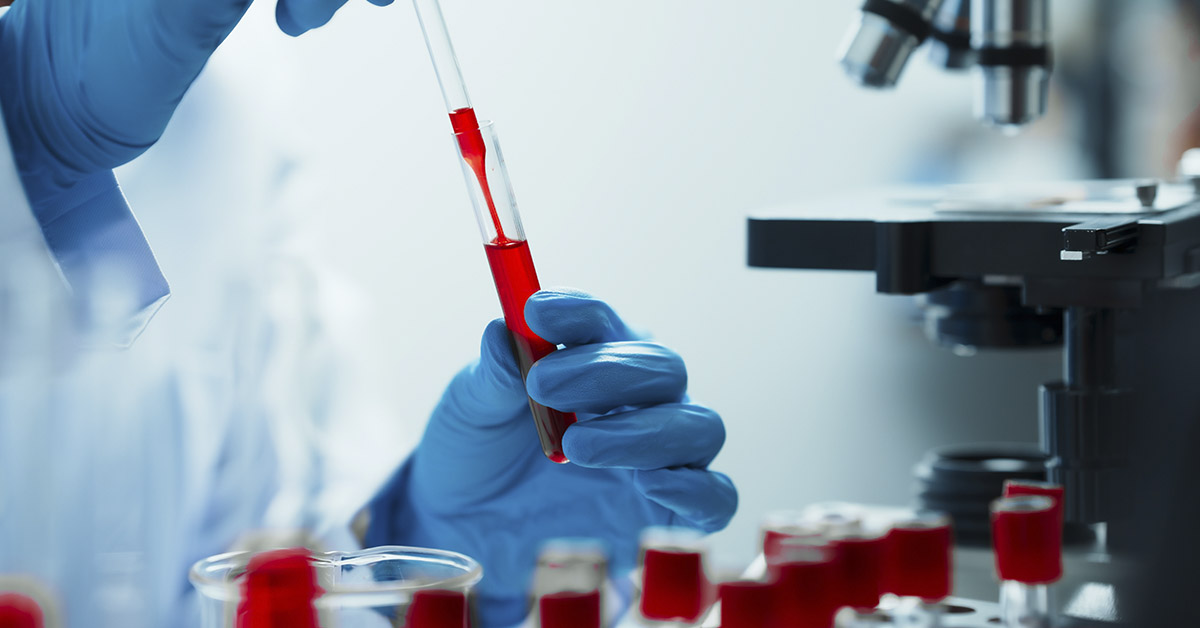Imagine a world where every blood donation could save any life and there is no need to match blood types, and no delay in treatment. That world is no longer just science fiction. Thanks to cutting-edge research, scientists are now closer than ever to creating universal blood that works for all patients. This lab-made universal blood could change how we manage emergency care, surgical procedures, and chronic disease treatment.
For decades, blood transfusions have depended on careful matching between donors and recipients. But new advances using gut bacteria enzymes are unlocking a solution that could eliminate those barriers entirely.
Gut Bacteria and a Biomedical Breakthrough
At the heart of this discovery is a surprising ally: the human gut microbiome. Researchers from the Technical University of Denmark and Lund University in Sweden focused on Akkermansia muciniphila, a common gut bacterium. These microbes naturally break down mucosal sugars in the body, making them perfect candidates for a unique biomedical task.
Scientists extracted enzymes from these bacteria and applied them to red blood cells. Blood types A, B, and AB carry specific sugar molecules, called antigens, on their surface. These antigens are what trigger immune responses when incompatible blood is transfused. Type O blood lacks these antigens, which is why it’s universally accepted.
Using bacterial enzymes, researchers stripped antigens from type A and B red blood cells. This treatment effectively transformed them into lab-made universal blood, mimicking the compatibility of type O. The goal is simple but revolutionary: make every unit of blood safe for all patients, regardless of type.

Results Show Strong Potential
Early laboratory results are encouraging. Treated type B red blood cells initially showed 80% compatibility with type O plasma. After an additional step to remove more complex sugar chains, compatibility levels jumped to between 91% and 96%.
Type A cells posed a greater challenge. Even after treatment, their compatibility rose from just 20% to roughly 50%. This shows that type A antigens have a more intricate structure, requiring more refined enzymatic methods.
Despite the obstacles, these results mark a major step toward scalable universal blood. The enzymes proved effective and targeted, especially for type B blood. Now, researchers are focused on refining the process for type A cells.
Read More: Which Blood Type is The Rarest? Here Are The Least to Most Common Blood Types
A Decades-Long Search for Compatibility
The quest for lab-made universal blood has a long history. In earlier efforts, scientists used enzymes from green coffee beans to modify blood cells. While those experiments showed potential, they lacked efficiency and consistency.
The current bacterial enzyme approach offers a more precise and biologically compatible method. Because Akkermansia muciniphila thrives in the human body, its enzymes work naturally and efficiently on human red blood cells. This makes them ideal for clinical use.

Furthermore, the success of this method highlights the broader trend in modern medicine: harnessing the power of the human microbiome. From gut health and mental well-being to disease treatment and now blood transfusions, our microbiota are opening new scientific doors.
Why Universal Blood Changes Everything
The implications of universal blood are enormous. Today, transfusions must match donor and recipient blood types. Hospitals stockpile a variety of types, which adds complexity and cost. Shortages are common, especially for rare blood types.
In emergencies, this system can fail. Time lost to type-matching can cost lives. With lab-made universal blood, paramedics and doctors could act immediately, knowing that the blood they carry will work for anyone.
This breakthrough could also benefit rural clinics, disaster zones, and military operations, where matching blood types on the spot isn’t always feasible. Moreover, it would reduce waste. Today, blood often expires before it’s used, simply because the type isn’t in demand.
By replacing traditional units with universal blood, healthcare systems could streamline operations and ensure every donation reaches a patient in need.
Moving Toward Clinical Use
Though the concept works in the lab, challenges remain before it reaches hospitals. First, scientists must prove that treated blood is safe and functional inside the human body. That requires clinical trials, regulatory review, and long-term monitoring.

Scaling the process is another hurdle. Researchers need to produce large quantities of enzymes, apply them efficiently, and ensure every batch of lab-made universal blood meets strict medical standards.
However, optimism is high. Each study refines the method and brings the science closer to practical use. As technology improves, the idea of using one blood type for all patients becomes increasingly realistic.
A Universal Solution on the Horizon
The creation of universal blood stands to reshape medicine. By removing the barriers of blood type, scientists are paving the way for safer, faster, and more accessible transfusions. Enzymes from common gut bacteria have provided a new path forward, one with the potential to save millions of lives.
While work continues, the foundation is firm. What was once a dream is now within reach. With every breakthrough, the gap between innovation and application narrows. Soon, lab-made universal blood may become standard practice, changing the future of healthcare forever.
Read More: Understanding the Link Between Your Blood Type and Health

